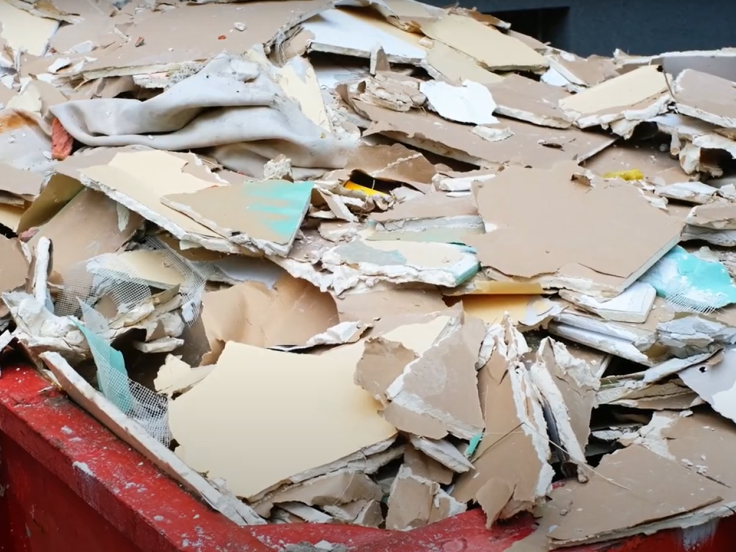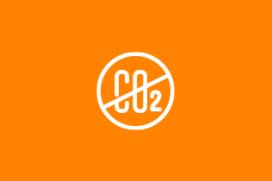Constructing a Sustainable Future
Globally, 40-50% of raw materials extracted for materials are used for housing, construction, and infrastructure (WorldGBC 2021), and 37% of energy- and process-related CO₂ emissions are from buildings (UNEP 2024). This industry stands at the crossroads of our most pressing challenges: dwindling resources, climate change, the energy crisis, rapid urbanization, and population growth.
We need transformative change across the entire value chain of manufacturing and construction, and thoughtful innovation throughout the entire lifecycle of buildings—from inception to deconstruction. It takes all of us working together to accelerate science-based efforts to conserve resources, reduce waste, lower carbon emissions, and create a more resilient built environment.
Innovation Meets Responsibility
With one of the broadest portfolios of sustainable products in North America, Saint-Gobain offers innovative materials and solutions for nearly all applications. As a go-to partner for designing holistic projects that meet sustainable goals, we take pride in pushing further and faster for responsible stewardship of our planet.
Making the World a Better Home
By reimagining what’s possible and delivering real innovation, we’re turning the vision of a more sustainable planet into a tangible reality.

Net-Zero by 2050
Saint-Gobain aims to achieve net-zero carbon emissions by 2050. Through redesigned formulations, modernized processes, lighter products, and optimized logistics, efforts impact all three emissions categories: Scope 1 (direct emissions from owned and controlled assets), Scope 2 (indirect emissions from purchased energy), and Scope 3 (all other indirect emissions across the supply chain).
Our 2030 Sustainability Goals
We are working toward zero non-recovered waste, evolving our products to integrate recycled or renewable materials, extend lifespans, facilitate eventual recycling, and bring us closer to a circular economy. These actions are all underpinned by a commitment to ethical business practices for our employees, partners, and communities.
We regularly and diligently assess and improve the design, production, and distribution of our products. Set in 2017, our goals fall into four pillars, each with ambitious milestones.
Measuring Progress from 2017 to 2030
In 2017, we defined measurable, actionable goals and a definitive timeline for success—reporting on annual progress here.
Contact our ESG Sustainability Experts
CertainTeed is committed to transparency and sustainability. We welcome your questions about our sustainable practices, products, and solutions. Please fill out the form below and our experts will get in touch with you.

.jpg?crop=yes&k=c&w=1600&h=687&itok=zZeNh-33)









%20copy.jpg?crop=yes&k=c&w=272&h=181&itok=vjDRCV2y)






.jpg?crop=yes&k=c&w=426&h=318&itok=fu8KdUwx)
.jpg?crop=yes&k=c&w=272&h=164&itok=asXYC8cc)